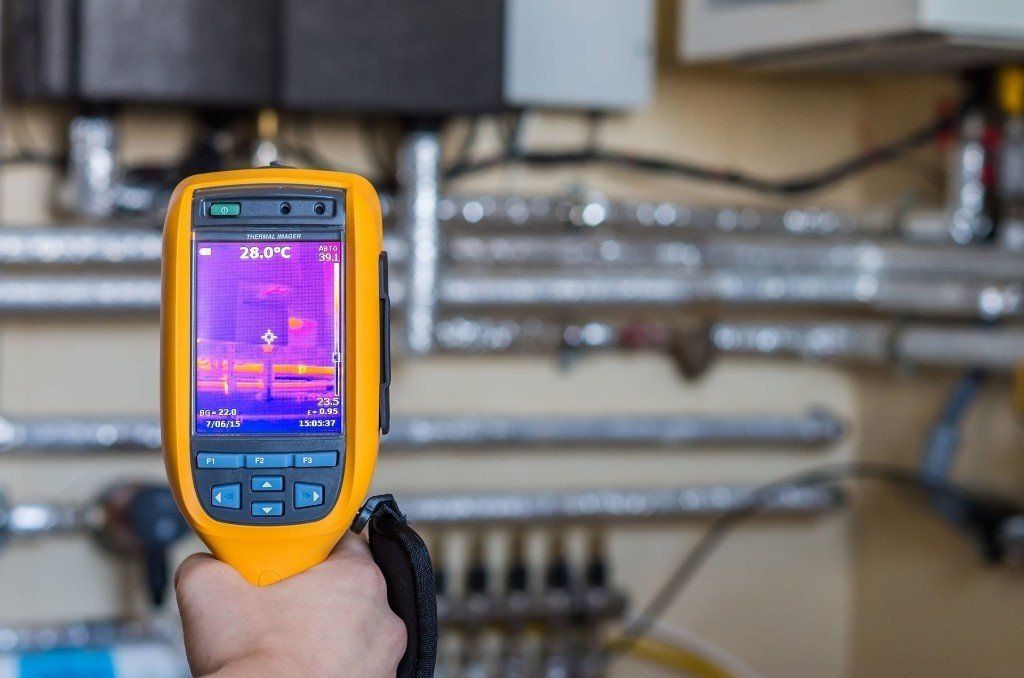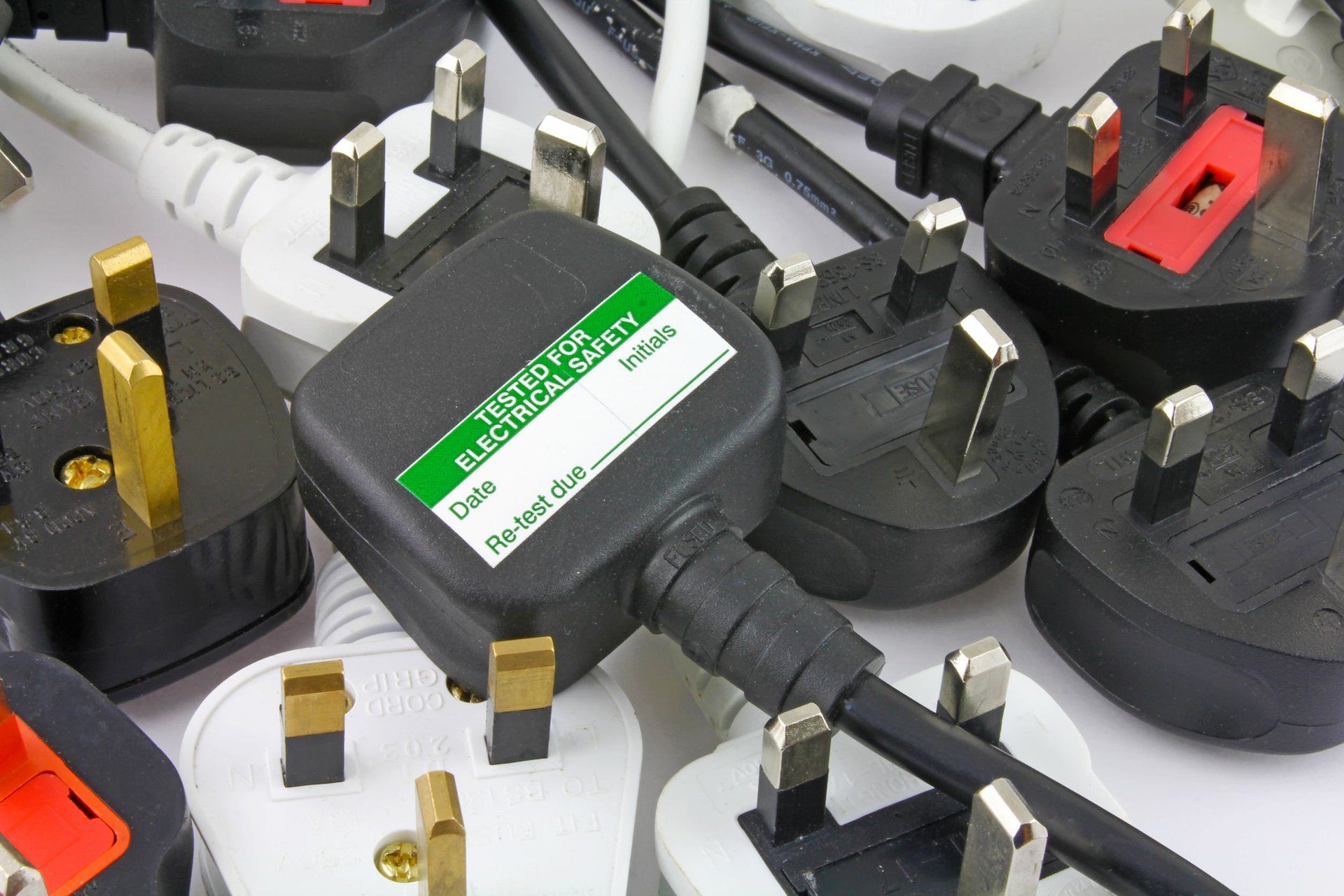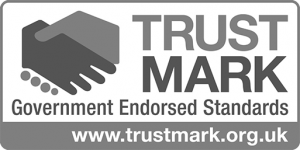Do you need to check lightning protection at your commercial property?
Lightning protection guidance is laid out in BS EN 62305.
BS EN 62305-3 sets out the requirements for protecting buildings, and their occupants, by implementing a lightning protection system (LPS) and provides guidance for its maintenance and inspection.
BS EN 62305-4 provides guidance for the design, installation and maintenance of surge protection measures (SPM) for buildings’ electrical and electronic systems, which can reduce the risk of permanent failures due to lightning electromagnetic impulse (LEMP)
To comply with both these section of BSEN 62305, LPS and SPMs should be inspected and tested annually.
However, for best practice the date of inspection should vary year on year to allow for the differing climatic conditions etc. so it is advisable to test every 11 months ensuring that over a period of twelve years, the systems will have been tested in every month of the year.
It is not a legal requirement to conduct this test, however some building insurances require the test and certification to be in place and the lack of the same may invalidate your insurance.
Also, the Electricity at Work Regulations, which aim to prevent death or injury to any person from electrical causes while working or in a work environment, will apply to most businesses and therefore, to keep your building and those using it happy and safe, it’s worth investing in regular testing.
British Standards relating to Lightning Protection
BS EN 62305
BS EN 62305 is the latest reference document for protection against lightning. It replaced BS 6651:1999 from 1st September 2008. It is the British edition of the European standard to which all lightning protection systems to new structures, and new extensions to existing ones, are now designed, installed and maintained. BS EN 62305 comprises four parts and these detail the fundamental requirements for lightning protection systems for the external and internal parts of a structure. The four parts are as follows:
· Part 1: General principles
· Part 2: Risk management
· Part 3: Physical damage to structures and life hazard
· Part 4: Electrical and electronic systems within buildings.
BS EN 62305-1 provides the general principles to be followed in the protection of structures against lightning, including their installations and contents as well as people.
BS EN 62305-2 is applicable to risk assessment for a structure due to lightning flashes. Its purpose is to provide a procedure for the evaluation of such a risk.
BS EN 62305-3 provides the requirements for protection of a structure against physical damage by means of a lightning protection system (LPS), and for protection against injury to living beings due to touch and step voltages in the vicinity of an LPS.
BS EN 62305-4 provides information for the design, installation and maintenance of lightning electromagnetic impulse (LEMP) protection measures for electrical and electronic systems within structures, able to reduce the risk of permanent failures due to LEMP.
BS EN 62305 lightning protection systems comprise external (structural) and internal (surge protection etc.) components, where previous standards did not. It is now recognised that the electromagnetic effects of lightning related activity, and switching events, are the cause of much damage to systems and equipment, with the subsequent loss of critical data.
Surge protection devices (SPDs) were not required previously to comply with older standards. SPDs are required under BS EN 62305; they are part of the internal LPS and are installed firstly to prevent dangerous lightning currents from entering a building via its services, and secondly to reduce the risk of damage to electrical and electronic equipment and critical systems from transient over-voltages.
.
How we can help
CSE provides a wide range of compliance services. Our highly trained, fully qualified and certificated engineers carry out surveys all around the world, from local churches to five year planned maintenance contracts for nationwide multi-site portfolios. These tests would include:
Continuity test across conductors and the total system.
Earth resistance test on individual electrodes and the complete system.
Quality Guaranteed
CSE will provide you with an enhanced report which will detail:
- Site survey of all buildings and structures to establish which has lighting protection and lightning protection
- Site plan detailing all buildings and structures
- Buildings / structures description
- Where lightning protection is not currently installed, Computerised Risk Assessments to determine if THIS is required and to what level in line with the requirements of BSEN62305:2006
- Schedule of surge protection devices installed, confirmation of suitability (both individual and coordinated)
- Specification & quotation for system design, supply only or supply and installation of any replacement or additional surge protection devices required in line with BSEN62305:2006
Save money with our recently launched our compliance packages, which overall saves you time and money, whilst keeping you 100% compliant to current electrical health and safety standards.
By spreading your testing and payments over the 3-5 year interval you can in fact save you 20% from your annual budget.
We cover all commercial and maintenance compliance work and lots of educational establishments, so regardless of which type of service you need, we’ve got you covered.
Request a Lightning Conductor Survey
Contact Us
We will get back to you as soon as possible.
Please try again later.
